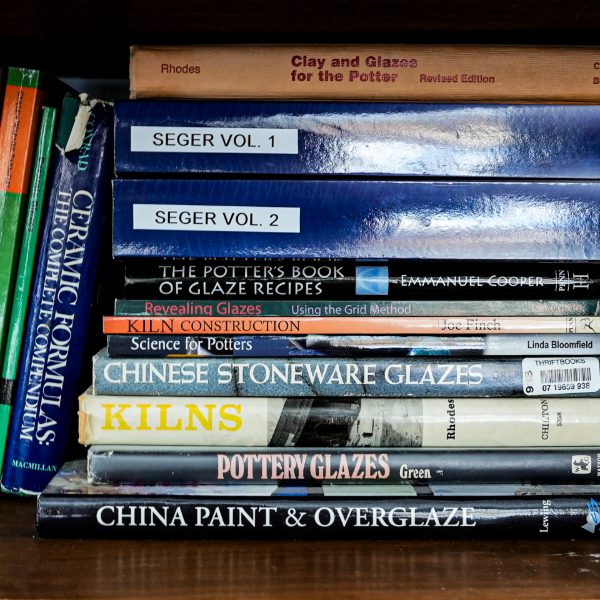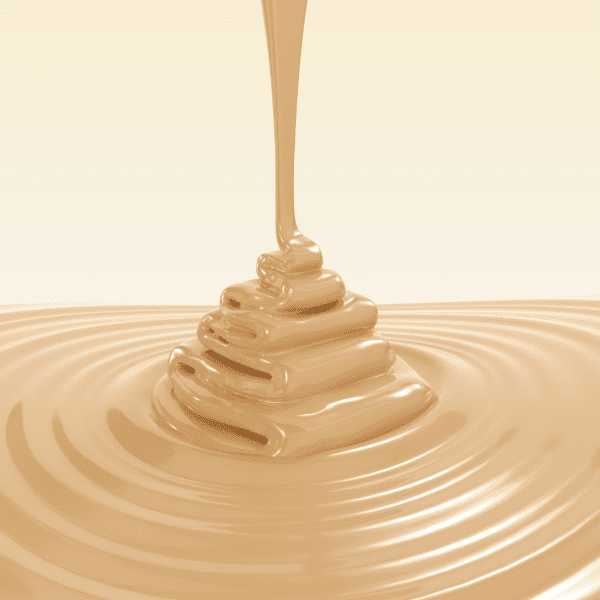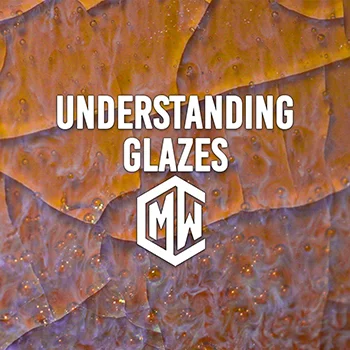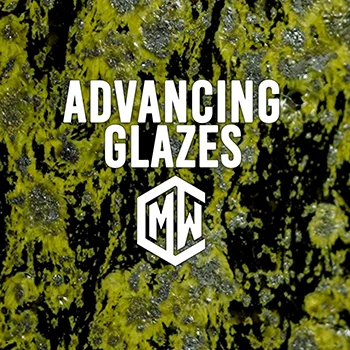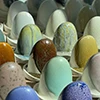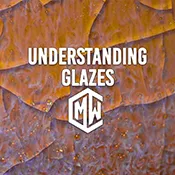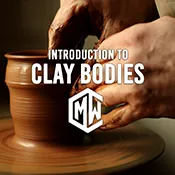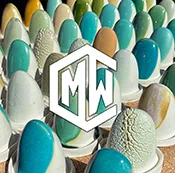Whether you are a novice shaping your first clay creation or a seasoned potter refining your craft, having a curated collection of ceramic books is always a great resource to have.
But…here’s the thing…Although we love books, our opinion is that many of the ceramic books out there include pretty pictures and recipes, which is… nice, but they also tend to include speculative and unverified data to make claims about clay and glazes and their behaviors.
Beginner looking to learn more? Or I want to take a class but don’t know which one?
CMW does not believe that type of information is helpful to anyone. We prefer to rely on science. We use the hard data and facts that we discover in doing all of our own in house testing and research. Our findings then become part of our educational courses that we share with our community to help make your studios the best that they can be.
With that said, we do have a shelf of books that we reference to supplement our research. Below is a list of our Top 5. We think all of them are worth the read.
1.”Cushing’s Handbook” by Val Cushing:
Val Cushing’s handbook is a treasure trove of insights into ceramic glazes, kiln firing, and forming techniques. This comprehensive guide is a valuable resource for potters seeking to deepen their understanding of the craft.
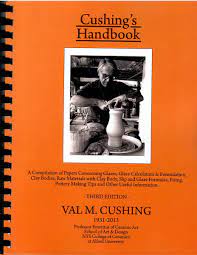
2. “Clay and Glaze for the Potter” by Daniel Rhodes:
Daniel Rhodes’ book is a classic in the world of ceramics, offering in-depth knowledge on clay and glaze composition. With a focus on practical applications, it’s an essential guide for potters looking to master the technical aspects of their art.
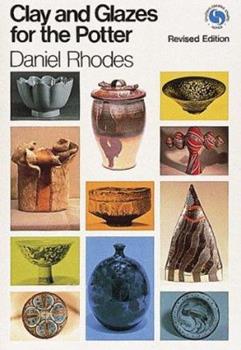
Beginner looking to learn more? Or I want to take a class but don’t know which one?
3.”The Potter’s Dictionary of Materials and Techniques” by Frank and Janet Hamer:
A comprehensive reference, this dictionary covers a wide range of materials and techniques, providing potters with a thorough understanding of the terminology and processes involved in ceramic art.
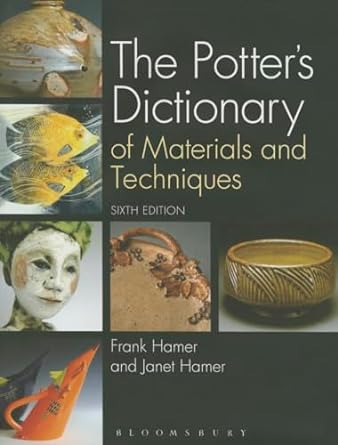
4. “Ceramic Science for the Potter” by W.G. Lawrence:
W.G. Lawrence’s book delves into the scientific principles behind ceramic materials and processes. It serves as a valuable resource for potters interested in the chemistry and physics that underlie their craft.

5. “Ceramic Glazes” by Cullen W. Parmelee:
An authoritative guide on glazes, Cullen W. Parmelee’s book covers the theory, composition, and application of ceramic glazes. It’s an essential resource for potters looking to achieve diverse and captivating surface finishes.

Ready to dive deeper?
Loved learning about ceramic glazes? Want to go even deeper? Check out our Workshops & Courses, now available in Spanish, or YouTube Channel where Matt breaks it all down, myth-busting and Stull chart included!

